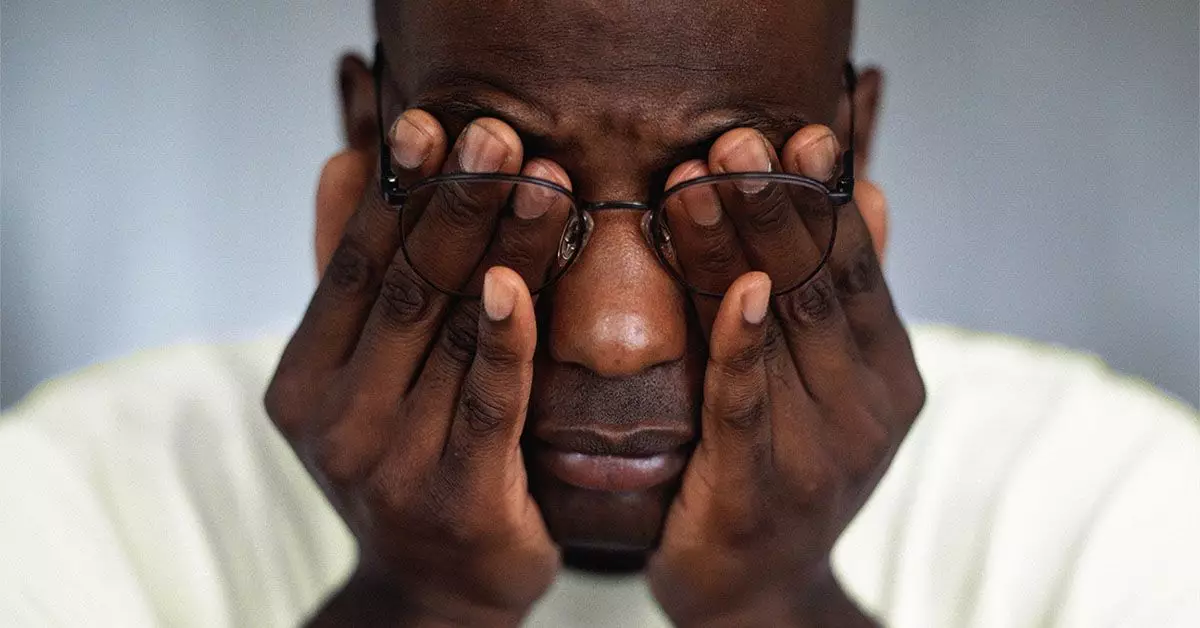Chemotherapy is a cornerstone of cancer treatment, but its benefits come with a host of potential side effects, one of which is its impact on vision. For many patients, these changes in eyesight are alarming and can significantly affect quality of life. It is crucial to understand how chemotherapy medications can alter visual acuity, the duration of these changes, and management strategies available to alleviate discomfort.
Chemotherapy drugs work by targeting rapidly dividing cells, which includes not only cancer cells but also healthy cells in the body. This includes the cells associated with vision. Research indicates that many patients experience some form of visual disturbance during or after their treatment. Common complaints include blurry vision, increased sensitivity to light, and dry or irritated eyes. While many of these symptoms resolve weeks after treatment ends, some individuals may face longer-lasting or delayed effects that emerge months or even years later.
Patients receiving chemotherapy must be vigilant about monitoring their eye health. Sudden or severe changes in vision—such as the appearance of halos around lights, extreme light sensitivity, or sudden loss of vision—demand immediate medical attention. Such symptoms can signal serious conditions that could lead to lasting damage if left untreated. Therefore, understanding the specific risk factors associated with different chemotherapy drugs becomes essential for timely intervention.
The duration of vision-related side effects is varied and can be influenced by numerous factors. These include the type and dosage of chemotherapy, a patient’s overall health, and any pre-existing conditions. For instance, some individuals may find that their vision stabilizes shortly after treatment, while others might experience persistent issues such as cataracts or chronic dryness.
Moreover, not every patient reacts to the same chemotherapy agent in the same way. Thus, the side effects may differ considerably within patient populations. It is, therefore, imperative for individuals to have open discussions with their healthcare providers about what to expect concerning their eyesight, allowing for individualized management plans.
For patients struggling with vision changes post-chemotherapy, treatment options are available to alleviate symptoms. Options may range from simple interventions, like artificial tears for dry eyes, to more complex solutions such as cataract surgery for those whose vision is significantly impaired. Antibiotics might be prescribed for bacterial infections, while anti-inflammatory eye drops can be utilized for swelling and irritation.
The ability to adapt daily living activities is also crucial. Patients experiencing bothersome symptoms might need guidance on the proper use of contact lenses or tips for practicing good eye hygiene, such as using warm compresses to soothe irritated eyelids and keeping a regular schedule of eye tests. Regular consultations with an eye specialist can provide additional insights and ensure early detection of any complications, especially for those at a higher risk of developing cataracts.
Awareness of when to seek medical help is vital in managing vision complications from chemotherapy. Patients should be instructed to monitor their symptoms closely. The presence of worsening conditions, such as an eye infection that does not improve within three days, warrants an immediate visit to an eye care professional.
Additionally, a sudden onset of severe eye pain or dramatic visual changes should not be overlooked. These indicators may be symptoms of severe underlying conditions that require prompt medical intervention.
The journey through chemotherapy is laden with challenges, and vision complications represent a significant hurdle for many patients. While most effects are temporary, the reality of enduring changes means that proactive engagement with healthcare providers is crucial. Armed with knowledge about the potential side effects of chemotherapy on vision, patients can take an active role in their care. By recognizing symptoms early, seeking appropriate treatment, and implementing effective management strategies, they can work towards preserving their eye health and overall quality of life during and after cancer treatment.

